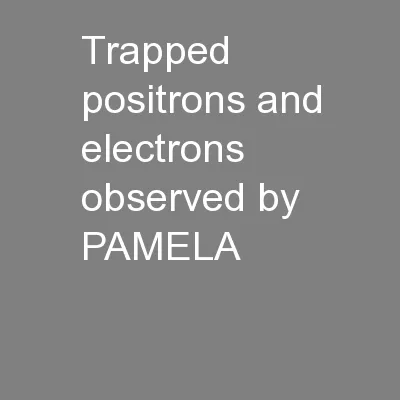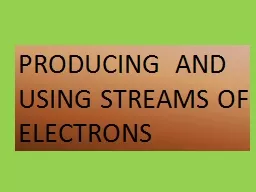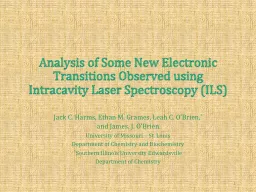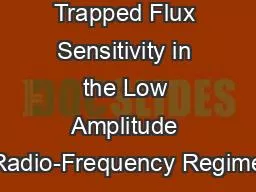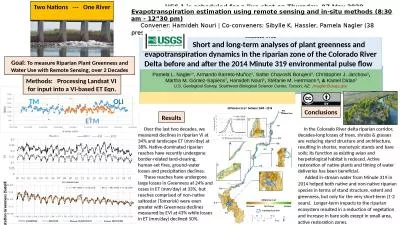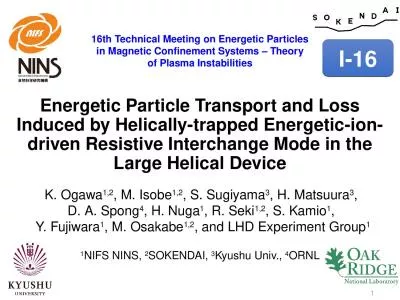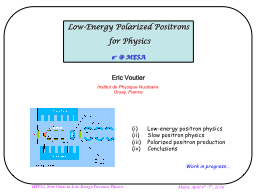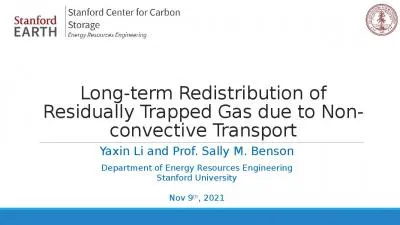PPT-Trapped positrons and electrons observed by PAMELA
Author : marina-yarberry | Published Date : 2016-06-20
Vladimir Mikhailov NRNU MEPHI Moscow Russia For PAMELA collaboration ICPPA 2015 PAMELA workshop 9 October 2015 PAMELA detectors GF 215 cm 2 sr Mass 470 kg Size
Presentation Embed Code
Download Presentation
Download Presentation The PPT/PDF document "Trapped positrons and electrons observed..." is the property of its rightful owner. Permission is granted to download and print the materials on this website for personal, non-commercial use only, and to display it on your personal computer provided you do not modify the materials and that you retain all copyright notices contained in the materials. By downloading content from our website, you accept the terms of this agreement.
Trapped positrons and electrons observed by PAMELA: Transcript
Download Rules Of Document
"Trapped positrons and electrons observed by PAMELA"The content belongs to its owner. You may download and print it for personal use, without modification, and keep all copyright notices. By downloading, you agree to these terms.
Related Documents

